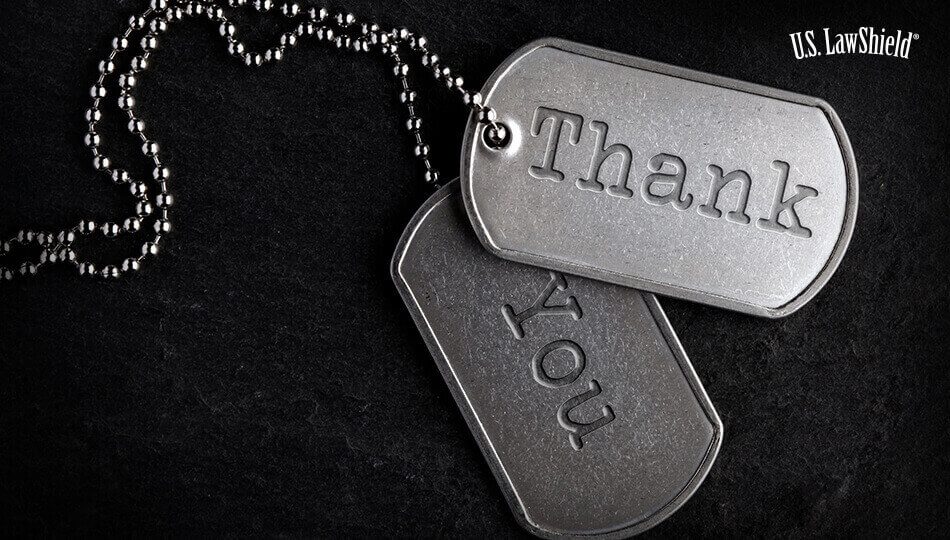
On the eleventh hour, of the eleventh day, of the eleventh month, the Great War came to an end. The historical roots of what we now know as Veterans Day began over 100 years ago in France, when Germany signed an armistice agreement that brought about the end of World War I. Today in the United States, Veterans Day is a national holiday during which we pay tribute to those who have served honorably in all six branches of the United States Armed Forces. This includes members of the Air Force, Coast Guard, Army, Navy, Marine Corps, and Space Force, along with their respective National Guard and Reserve components.
A history of Veterans Day
On the first anniversary of the end of World War I, President Woodrow Wilson issued a proclamation marking the first Armistice Day and what he felt it stood for. At the same time, the first convention of the American Legion, one of the earliest veteran service organizations, was held to commemorate the veterans of WWI. During the period between World War I and World War II, Armistice Day was solely a celebration for deceased WWI veterans, even after it became a legal holiday in 1938.
In 1945, a WWII veteran named Raymond Weeks began to campaign for a national day of celebration for veterans of all wars, not just those who had died in WWI. In 1947, Weeks began to lead national celebrations of all veterans on Nov. 11, which he continued to do until his death in 1985. Six years after Weeks’s first national celebration of veterans, President Dwight D. Eisenhower signed a bill making Armistice Day a federal holiday for all veterans. Within a month, the bill was amended to change the name of the holiday to Veterans Day. President Ronald Reagan honored Raymond Weeks as “The Father of Veterans Day” in 1982 by awarding him the Presidential Citizens Medal.
Enjoying this content? Find out how you can get more sent straight to your inbox.
Why do we celebrate Veterans Day?
Veterans Day is set aside as a day to honor the service of all living veterans of the U.S. Armed Forces. In the United States, there are living veterans of every war from WWII through the ongoing Global War on Terrorism (GWOT). In the GWOT era, it’s commonplace to tell a veteran, “Thank you for your service.” That token of gratitude is usually appreciated by all who have served. If you want to take it to the next level, here are some other ideas on how to celebrate the veterans in your life.
Buy them a meal: Who doesn’t love free food? Get in touch with friends who served and ask them to lunch or dinner.
Go to a parade: Western film star Roy Rogers said, “We can’t all be heroes, because somebody has to sit on the curb and applaud when they go by.” Going to a local city, town or county event dedicated to veterans is a terrific way to show your appreciation.
Call or text: This may seem trite, but something as simple as a text from a friend is huge. If you have a friend who served but lives far away, a text letting them know that you’re thinking of them can mean more than you might believe.
Fly the flag: Veterans Day is a wonderful day to hang the Stars and Stripes from your porch to show your appreciation. If you know veterans that served in a specific branch, you could fly the flag of their branch of service instead of or in addition to the American flag. Make sure to follow the Flag Code when you display the American flag.
Don’t personally know any veterans?
Donate: There are many veterans service organizations that do great work for the community, and a donation or volunteering your time is a wonderful thing to do.
Visit veterans at the hospital: Another excellent choice is to visit a Department of Veterans Affairs hospital. Veterans of WWII, the Korean War, and the Vietnam War are especially likely to enjoy a visit from a grateful American on Nov. 11.
Most importantly, use Nov. 11 to commemorate the national holiday. Many veterans out there would want you and yours to have an enjoyable time, so celebrate the day!
Your Protection Starts Here!
The information provided in this publication is intended to provide general information to individuals and is not legal advice. The information included in this publication may not be quoted or referred to in any other publication without the prior written consent of U.S. LawShield, to be given or withheld at our discretion. The information is not a substitute for, and does not replace the advice or representation of a licensed attorney. We strive to ensure the information included in this publication is accurate and current, however, no claim is made to the accuracy of the information and we are not responsible for any consequences that may result from the use of information in this publication. The use of this publication does not create an attorney-client relationship between U.S. LawShield, any independent program attorney, and any individual.
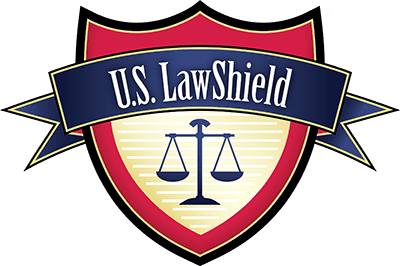
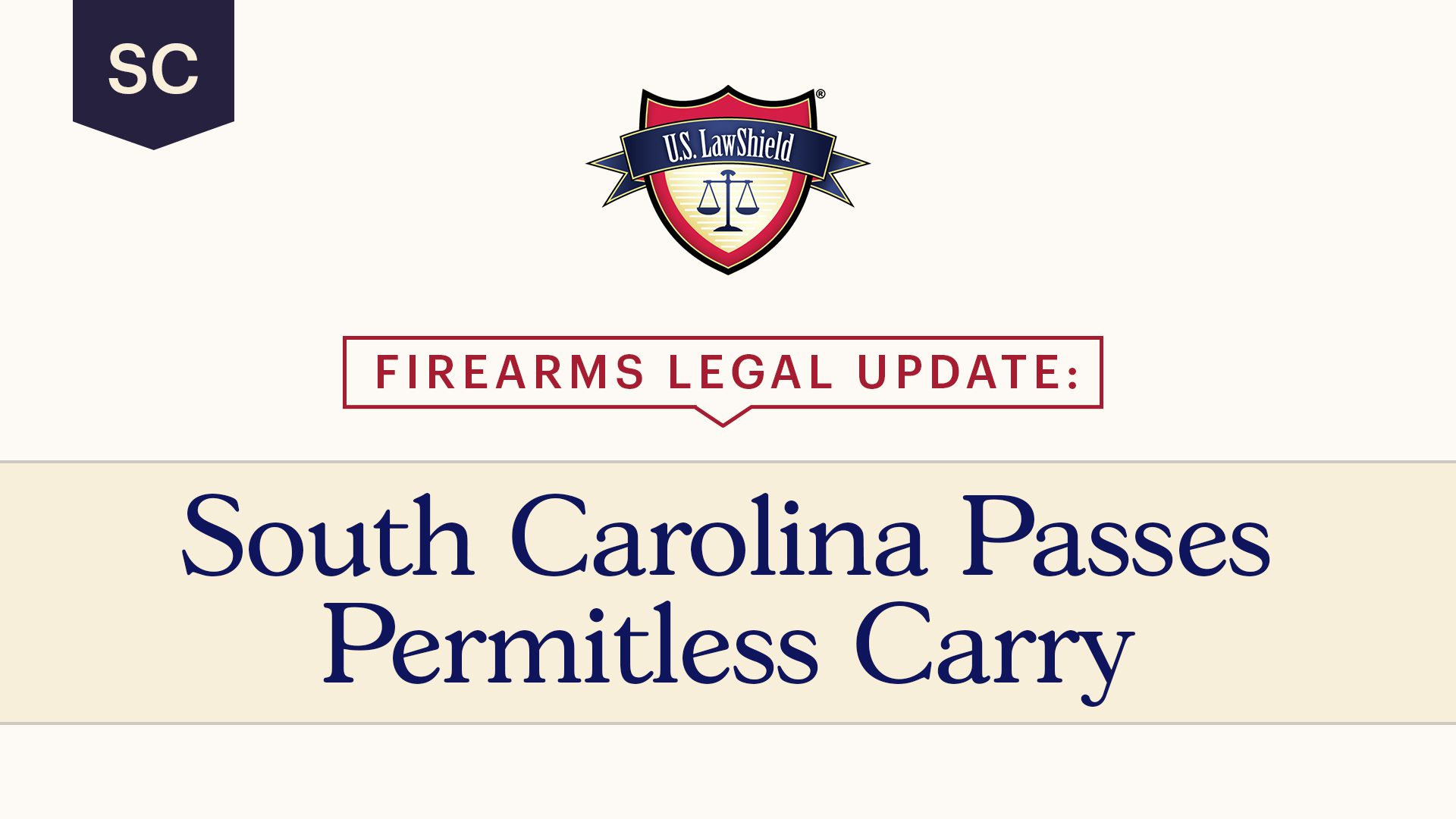
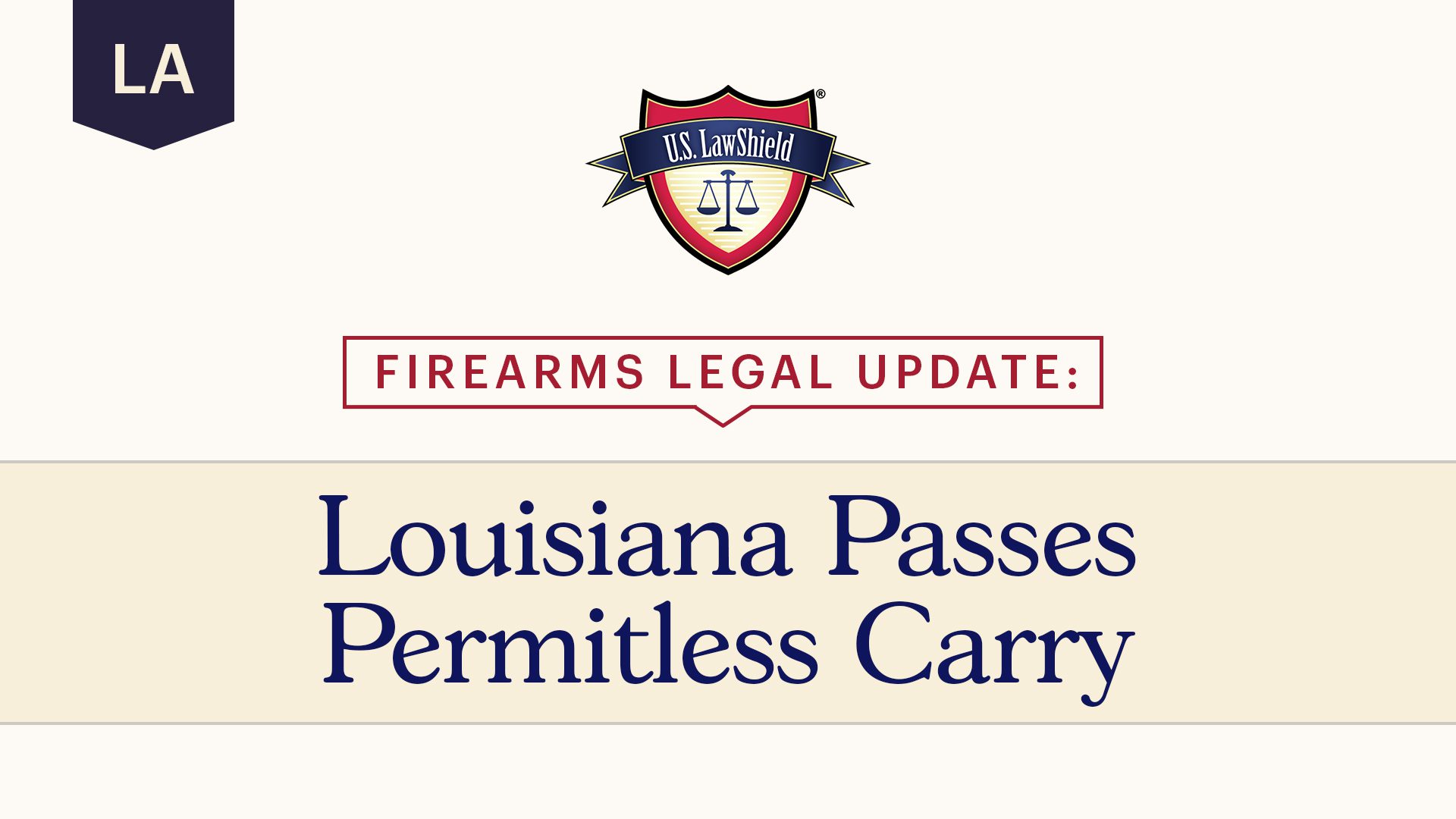
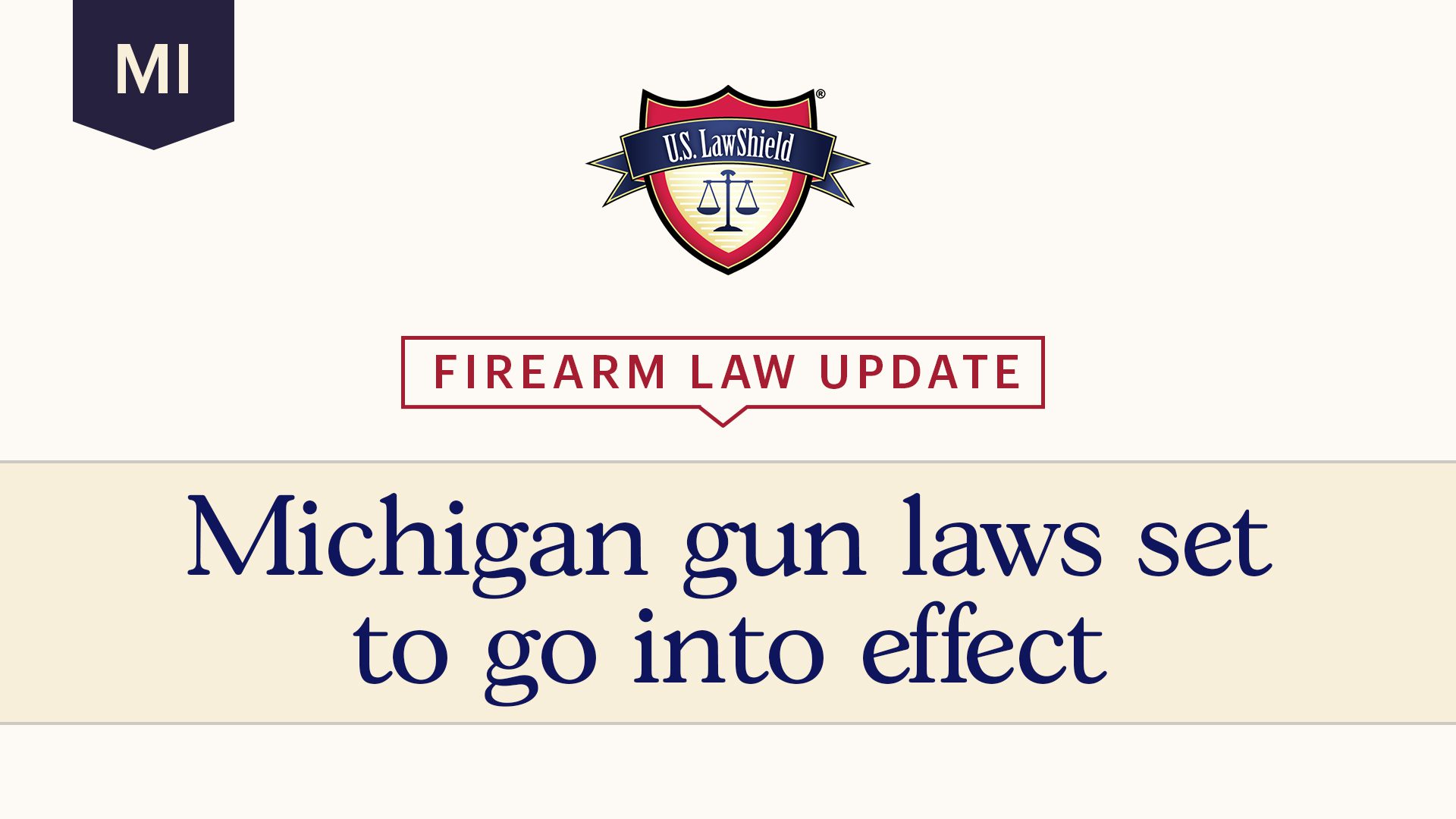

Service in Our Country’s Armed Forces is a “DUTY” and an Honor! I am a Cuban-born American Citizen and I was proud to serve and also proud of our Country. And, while I don’t agree where the present government is doing, we must all continue to be engaged in progress to make sure that politicians are held accountable for their actions and the Constitution is upheld and followed as written. Thank You and G_D Bless Our Country!
IAM A VIETNAM WAR VETERAN I WAS IN VIETNAM I969-1970 I WAS A HELICOPTER DOOR GUNNER ( CHINOOK ) CH47 ) I WAS STATION IN ( CANTHO )
IAM A DISABLE VIETNAM WAR VETERAN.
And to the brave Merchant Mariners, who kept the goods flowing!!
US Merchant Marine Academy Class of 81
The video for the veterans was very thoughtful thank you its nice to hear that y’all appreciate us veterans again thank you
I truly appreciate and respect all of our servicemen and servicewomen especially those who gave all for the United States of America. MAY THEY REST IN PEACE.
As a U.S. Navy Vietnam Veteran I am humbled by the number of times I have been Thanked for my service in the last few years, People have figured out that we were doing a job for an unappreciative nation. We were there when it was not popular but we did it for love of Country. Thank you for doing this for those of us that came home and R.I.P. to my Brothers and Sisters that paid the ultimate price.
You are welcome and thank you for the recognition of my 12 years in the U.S. NAVY and my 13 years in the U. S. COAST GUARD. Total of 25 years.
It was a pleasure doing so.
James, thank you for your service!
IAM A VIETNAM WAR VETERAN I WAS IN VIETNAM I969-1970 I WAS A HELICOPTER DOOR GUNNER ( CHINOOK ) CH47 ) I WAS STATION IN ( CANTHO )
IAM A DISABLE VIETNAM WAR VETERAN.
Thank you for your service!!!! Many of my friends came home disabled and many did not come home
God bless you!!!